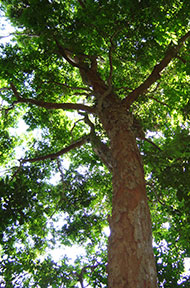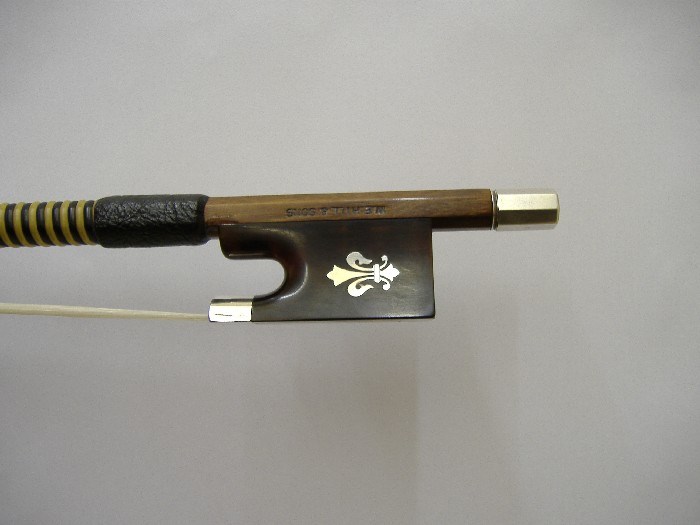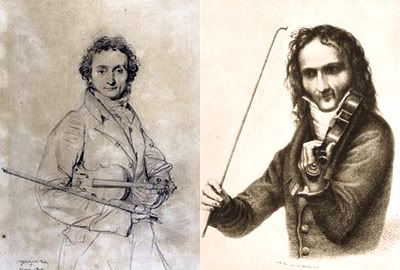Written by Stefan Aune of Fein Violins
Violins, Violas, and Cellos all have an A string, and every violinist, violist and cellist invests a great deal of time and energy into keep that A string in tune and then tuning their other strings in relation to the A. Most orchestras and ensembles tune from the A pitch, which is usually used as the standard for tuning. Whether it is a line of beginners waiting for their orchestra teacher to tune their instruments, or a seasoned professional attempting to wrestle a stubborn string into tune before a concert, tuning is an (all too often aggravating) shared experience for musicians. Despite the importance placed on playing "in tune," you might be surprised to learn that "in tune" has meant a variety of things over the years, and only recently has there been anywhere near a consensus on what exactly an in tune "A" should sound like.
Sound is a vibration that travels in waves, and humans perceive these sound waves as a pitch that is measured in a unit called Hertz (Hz). Hertz are used to measure the rate of vibration of a sound, and each of our musical notes (A, B, C, D, E, F, and G) corresponds to a certain Hz measurement. However, there hasn't always been a general consensus on what each musical note should measure in Hz. When Bach played an "A" on his organ, that note's Hz measurement was different from the "A" that we tune the violins to in our shop. The development of pitch standardization has been the result of technological and scientific advancements as well as "pitch inflation," the gradual rise in pitch levels that results from instrumentalists attempting to achieve brighter and brighter tones.
Violins, Violas, and Cellos all have an A string, and every violinist, violist and cellist invests a great deal of time and energy into keep that A string in tune and then tuning their other strings in relation to the A. Most orchestras and ensembles tune from the A pitch, which is usually used as the standard for tuning. Whether it is a line of beginners waiting for their orchestra teacher to tune their instruments, or a seasoned professional attempting to wrestle a stubborn string into tune before a concert, tuning is an (all too often aggravating) shared experience for musicians. Despite the importance placed on playing "in tune," you might be surprised to learn that "in tune" has meant a variety of things over the years, and only recently has there been anywhere near a consensus on what exactly an in tune "A" should sound like.
Sound is a vibration that travels in waves, and humans perceive these sound waves as a pitch that is measured in a unit called Hertz (Hz). Hertz are used to measure the rate of vibration of a sound, and each of our musical notes (A, B, C, D, E, F, and G) corresponds to a certain Hz measurement. However, there hasn't always been a general consensus on what each musical note should measure in Hz. When Bach played an "A" on his organ, that note's Hz measurement was different from the "A" that we tune the violins to in our shop. The development of pitch standardization has been the result of technological and scientific advancements as well as "pitch inflation," the gradual rise in pitch levels that results from instrumentalists attempting to achieve brighter and brighter tones.








